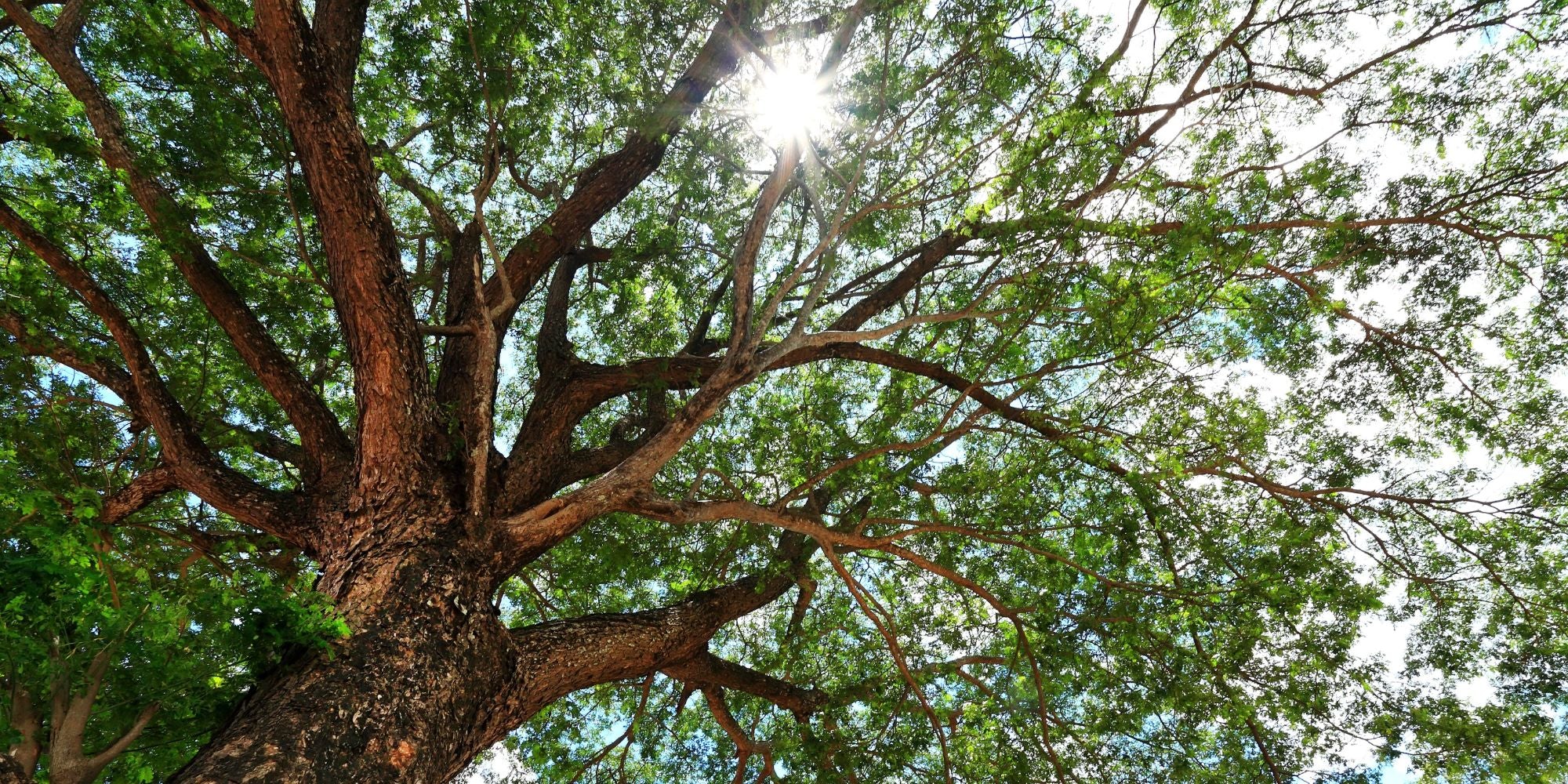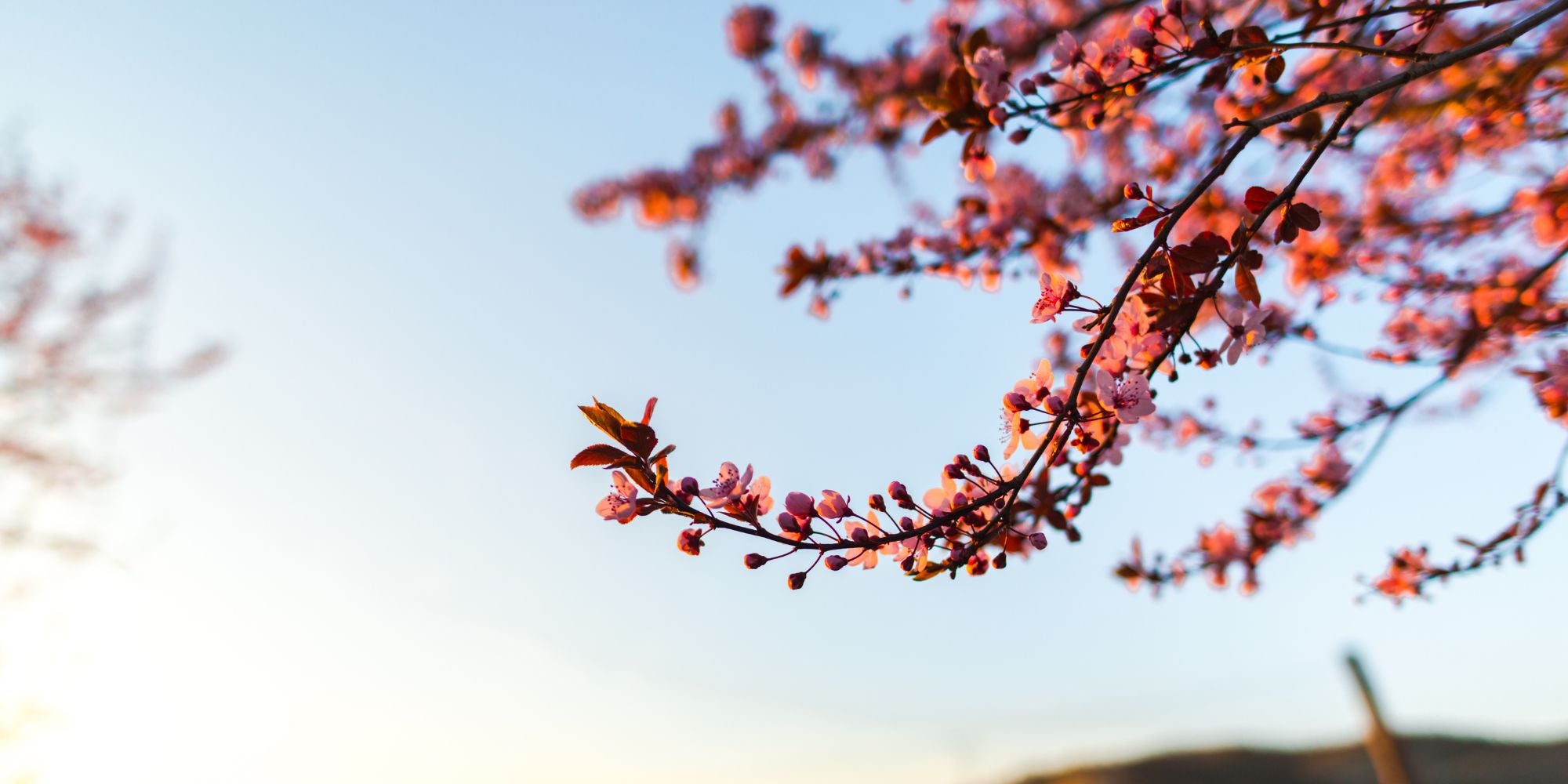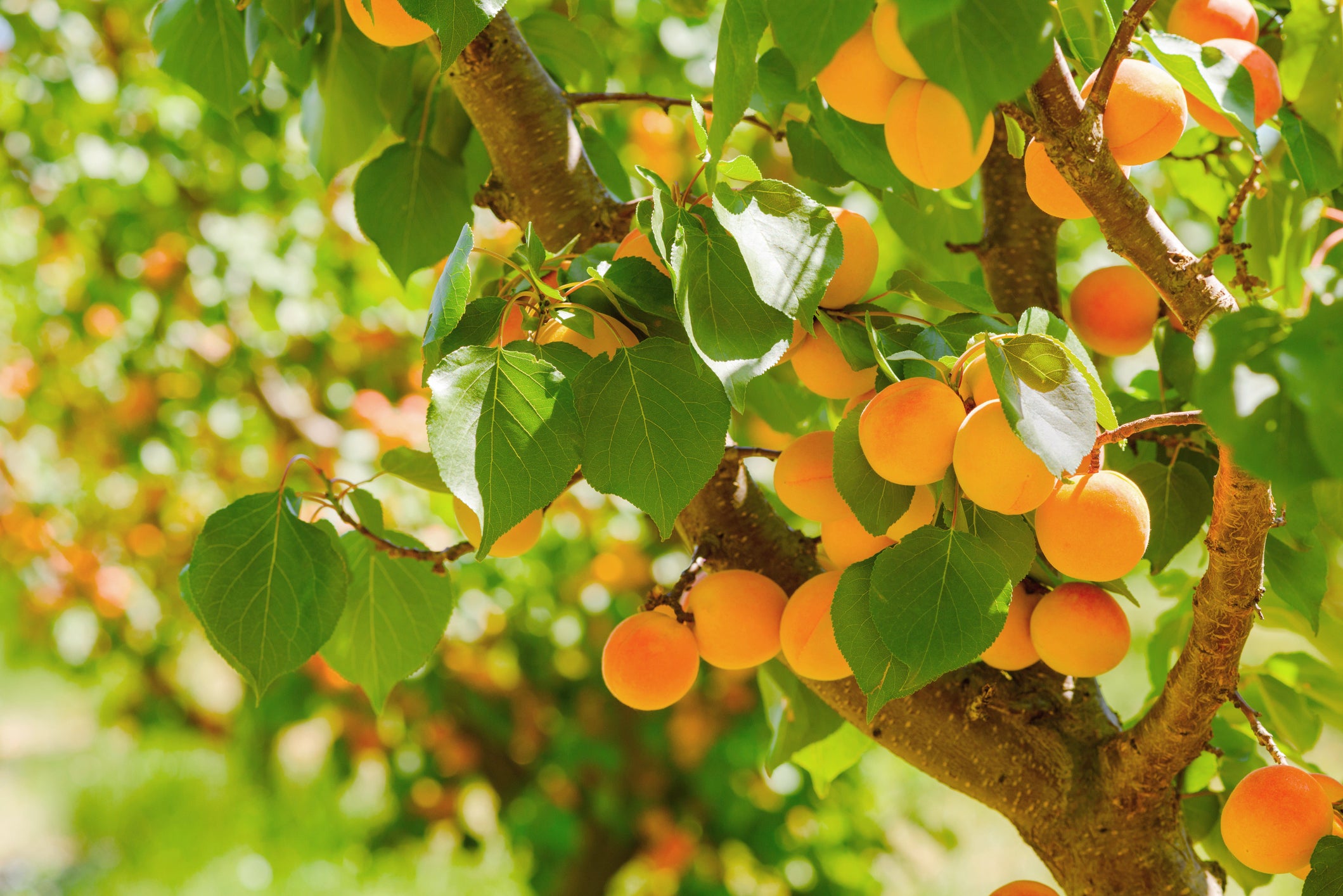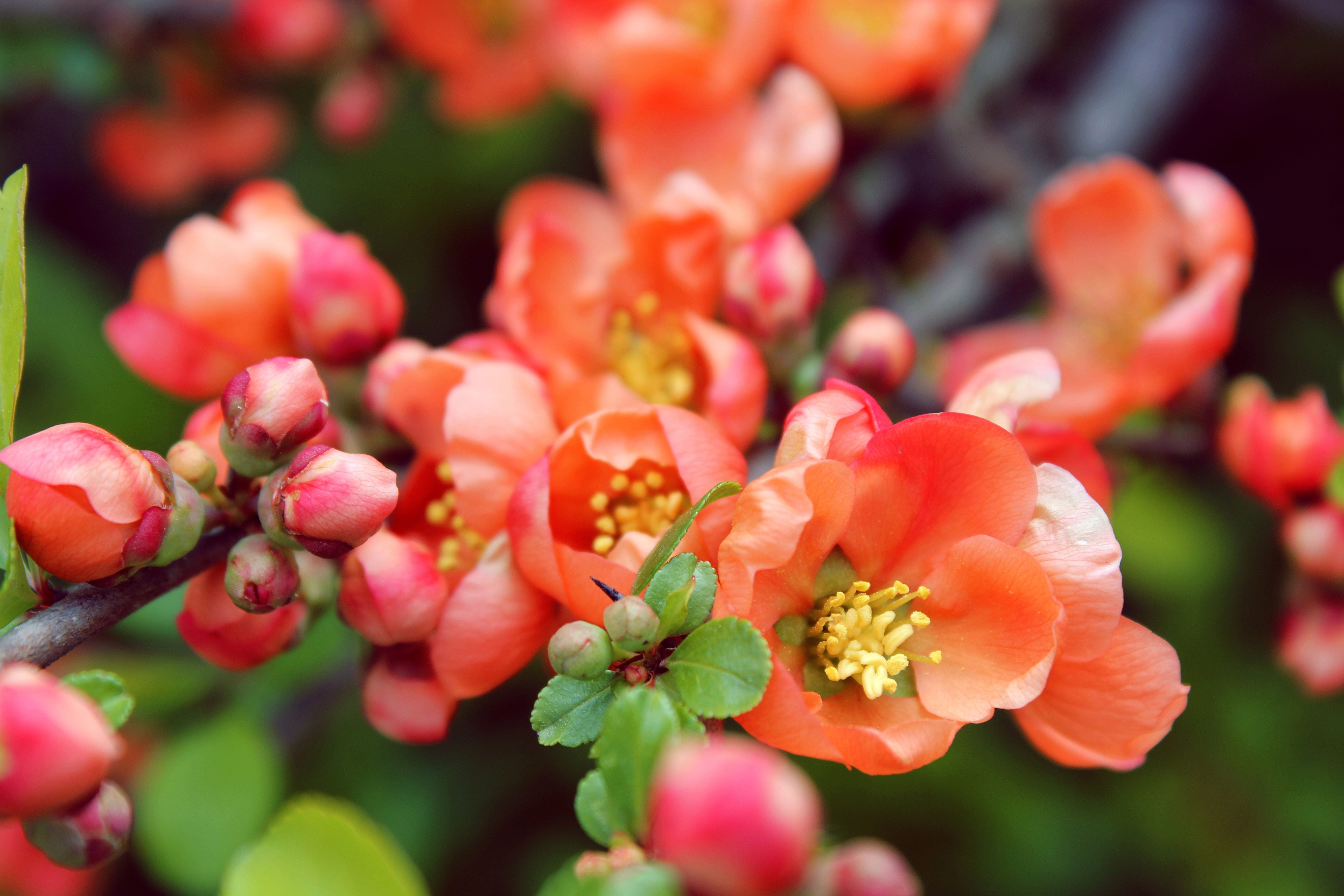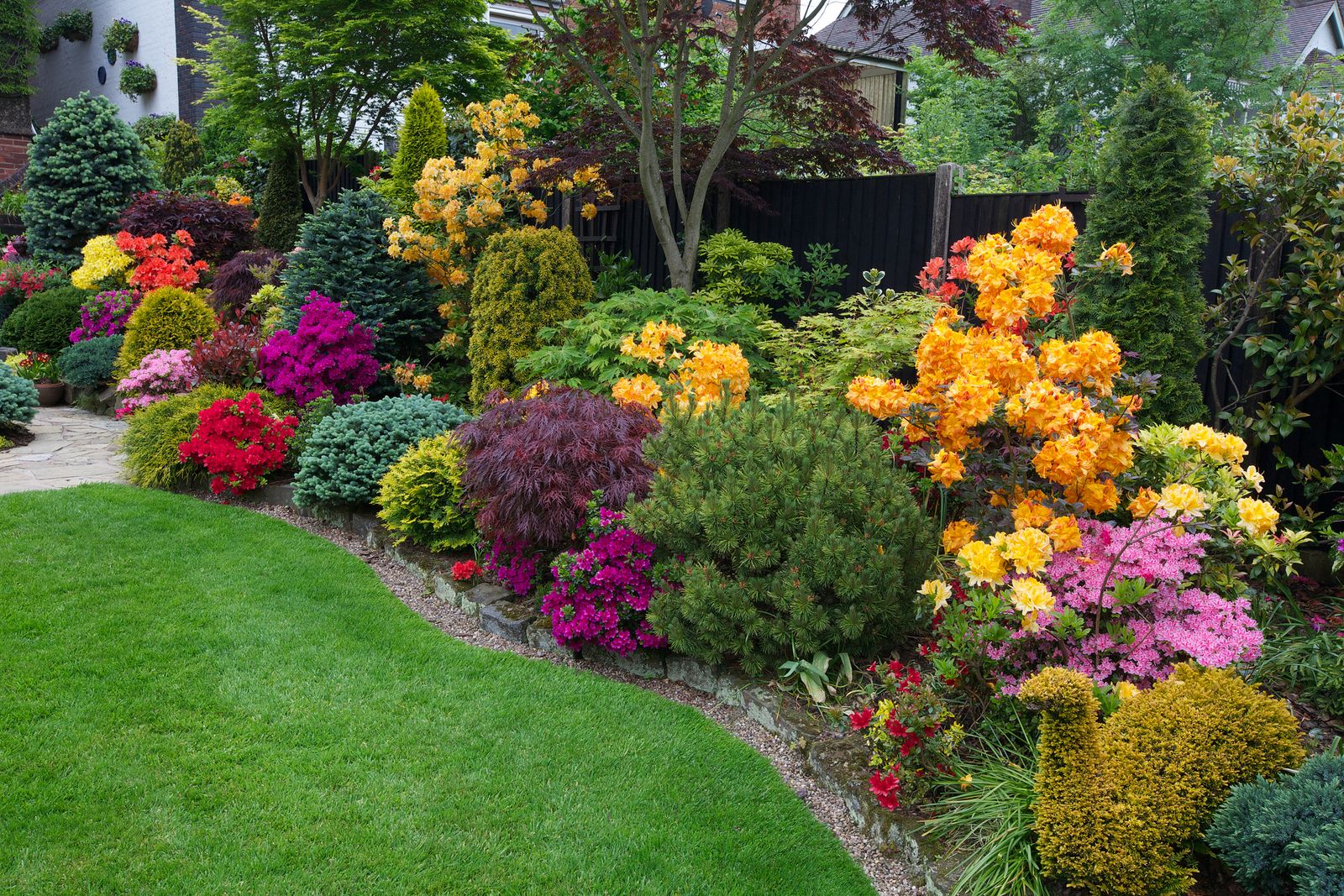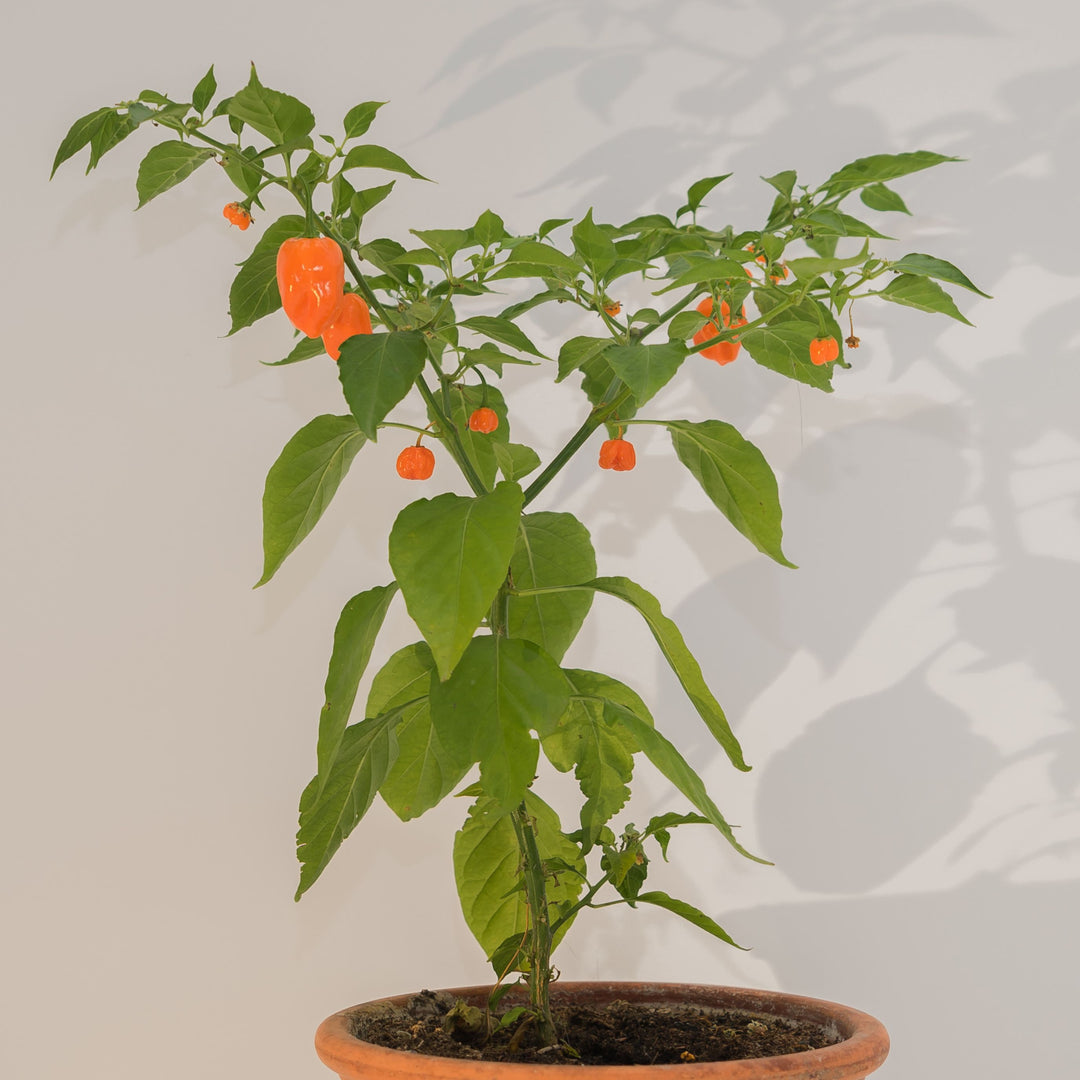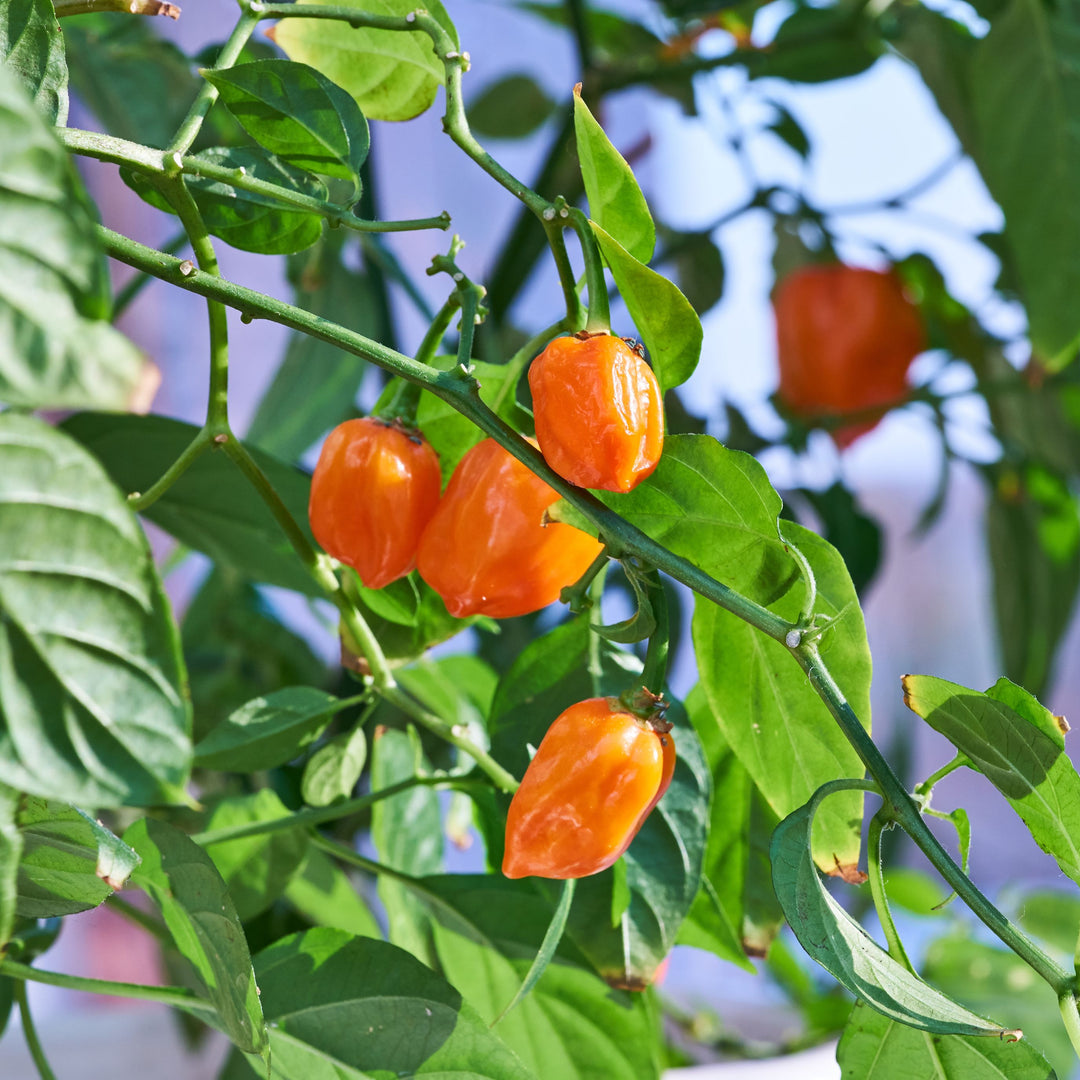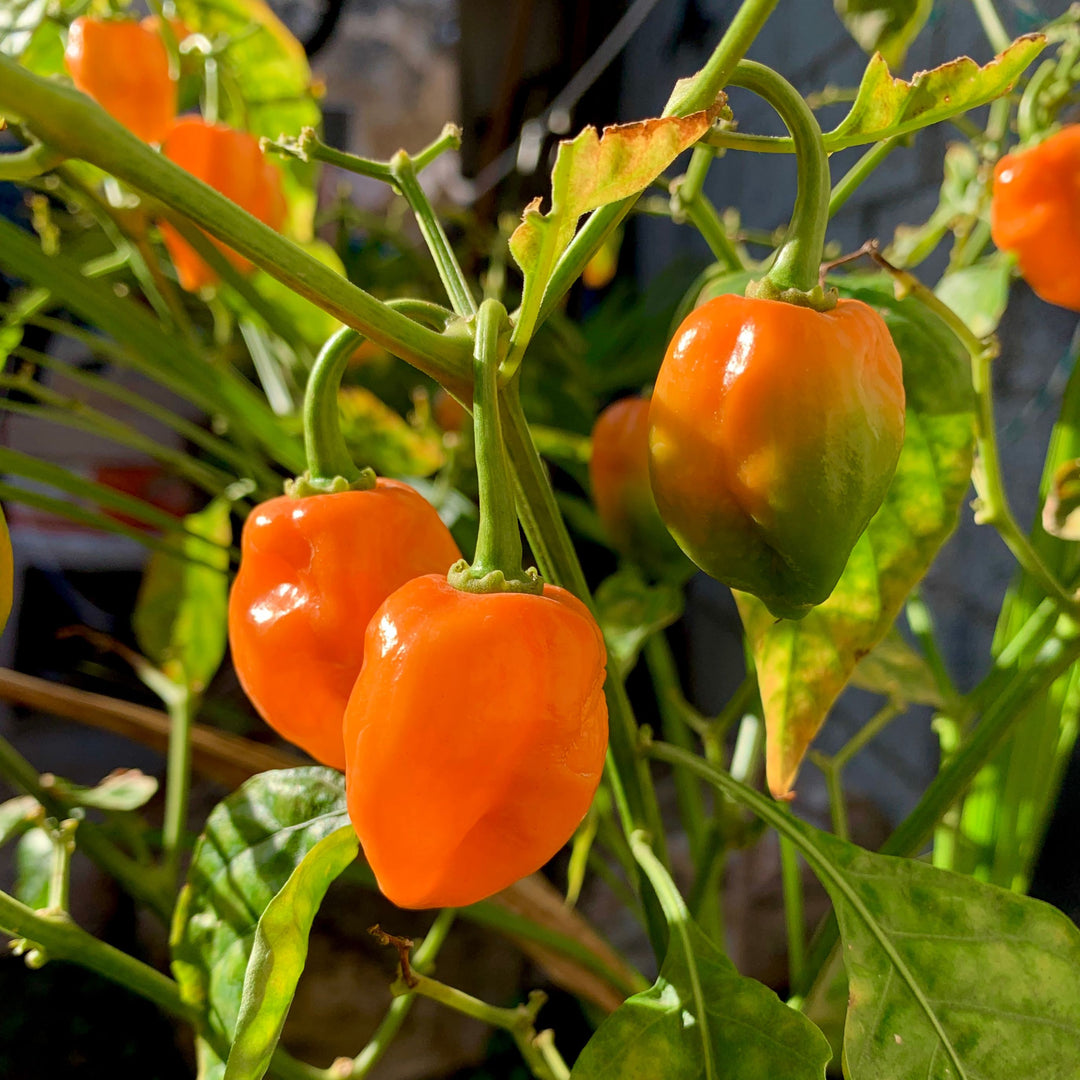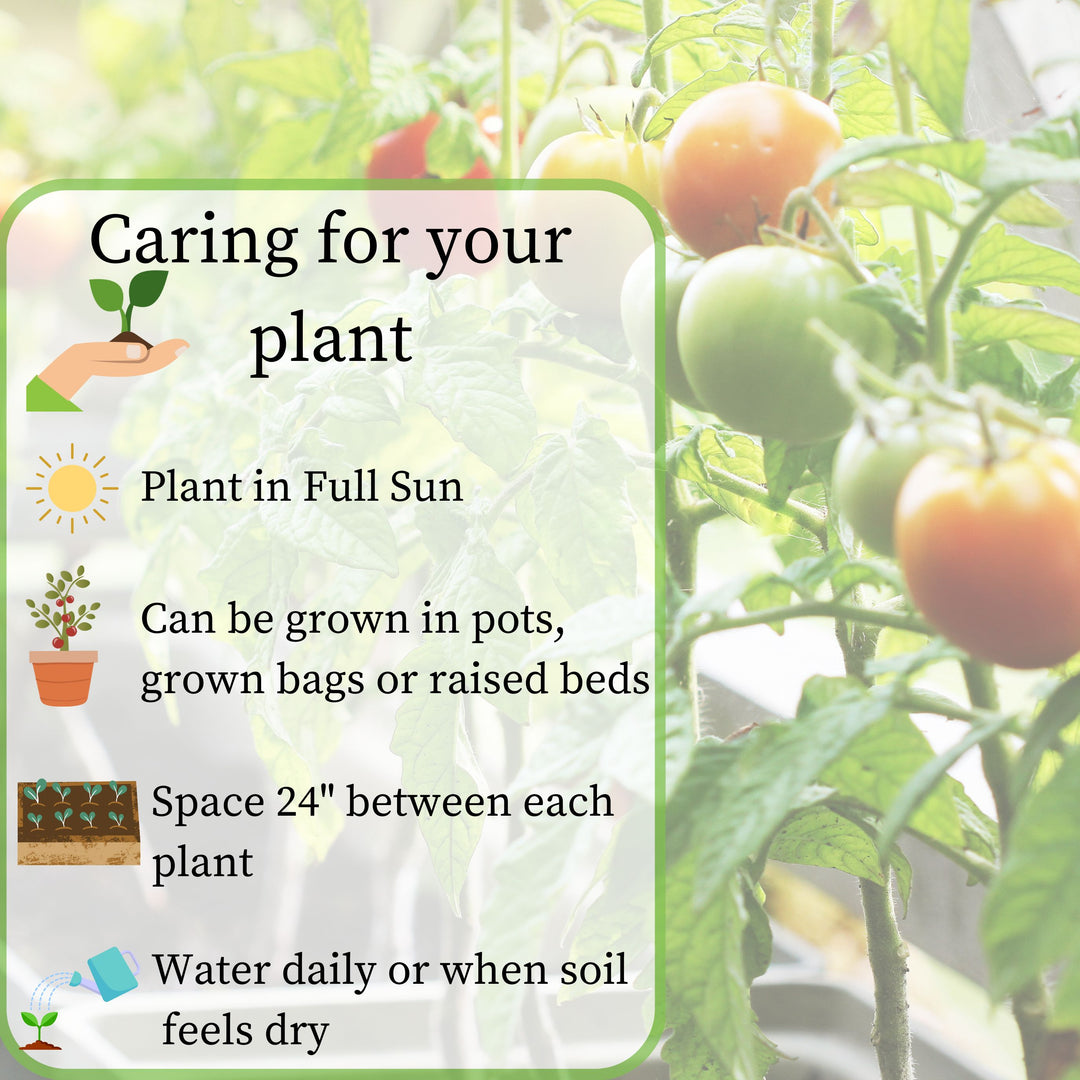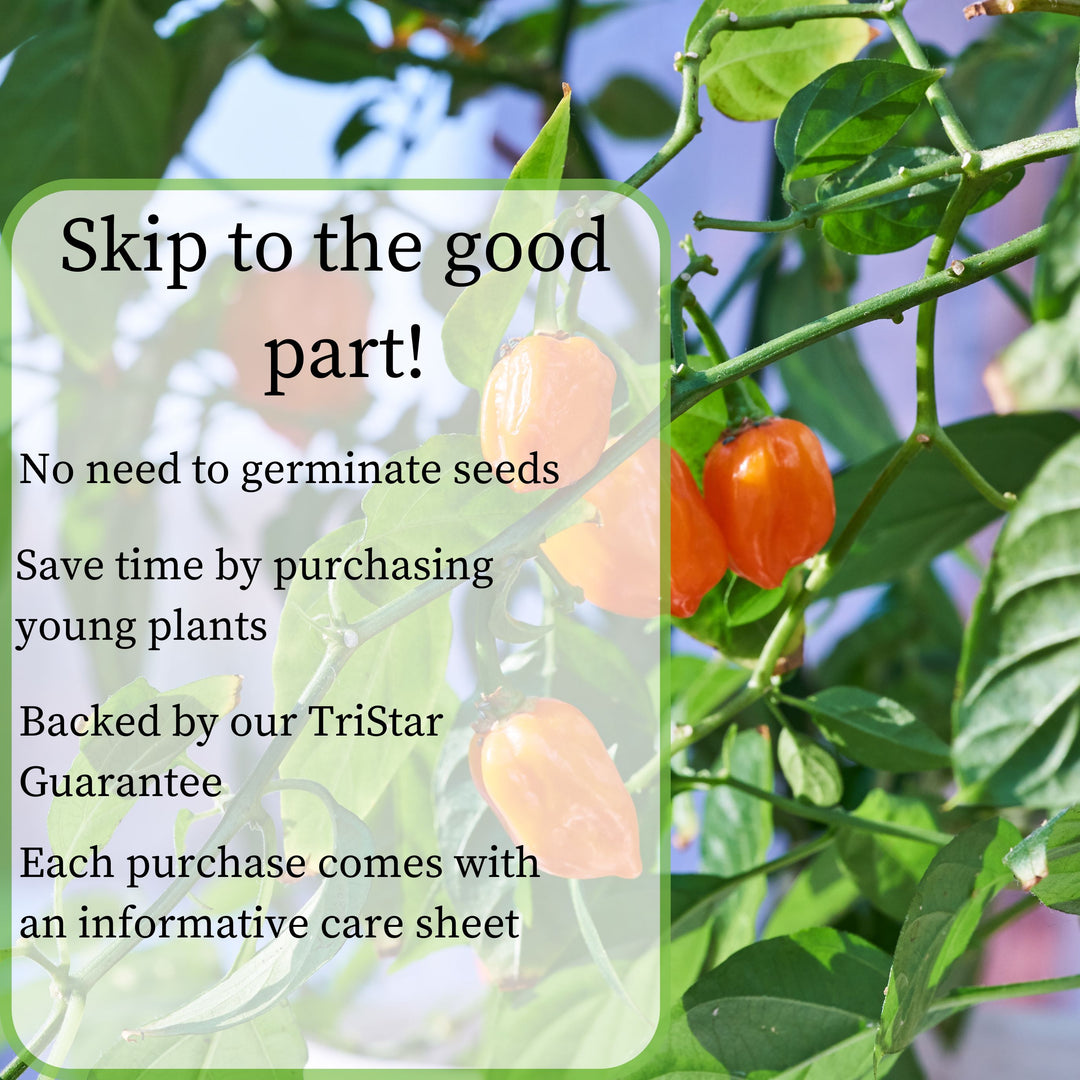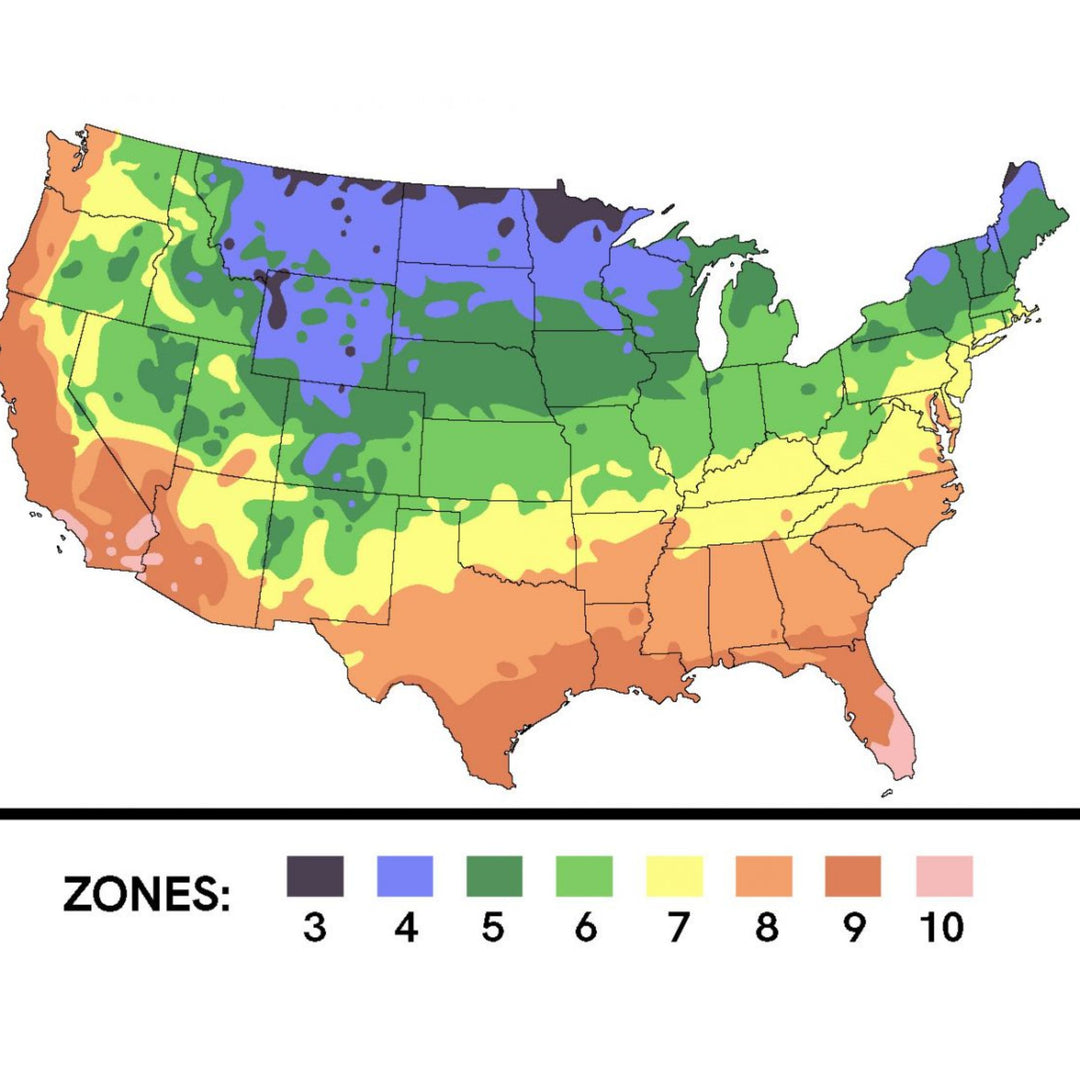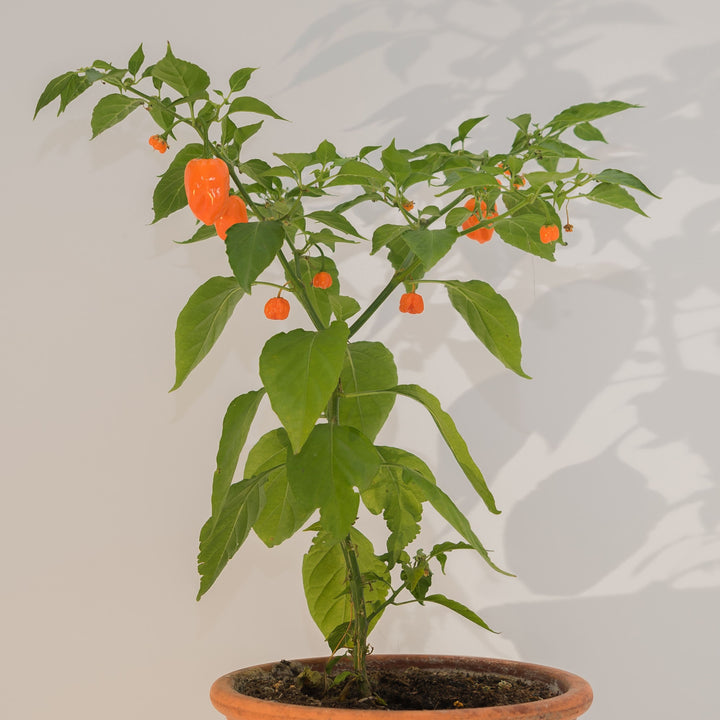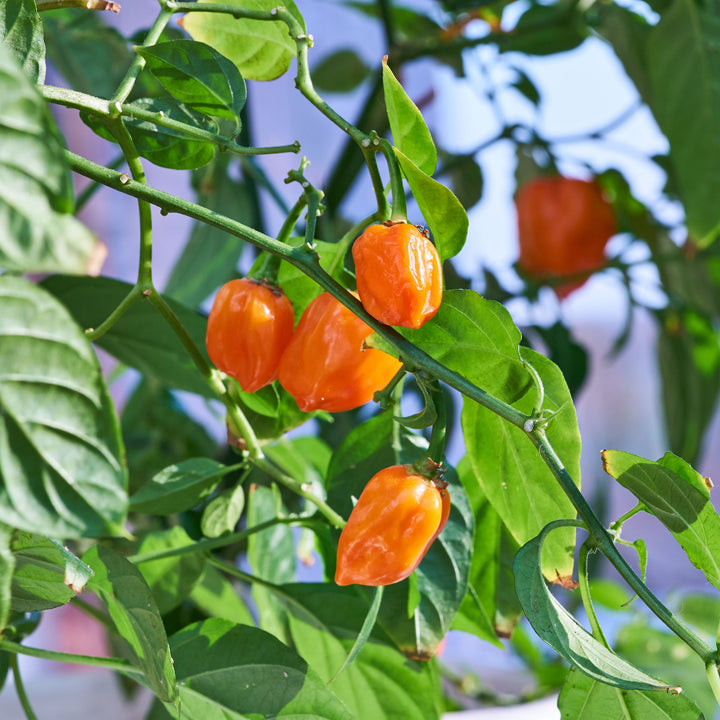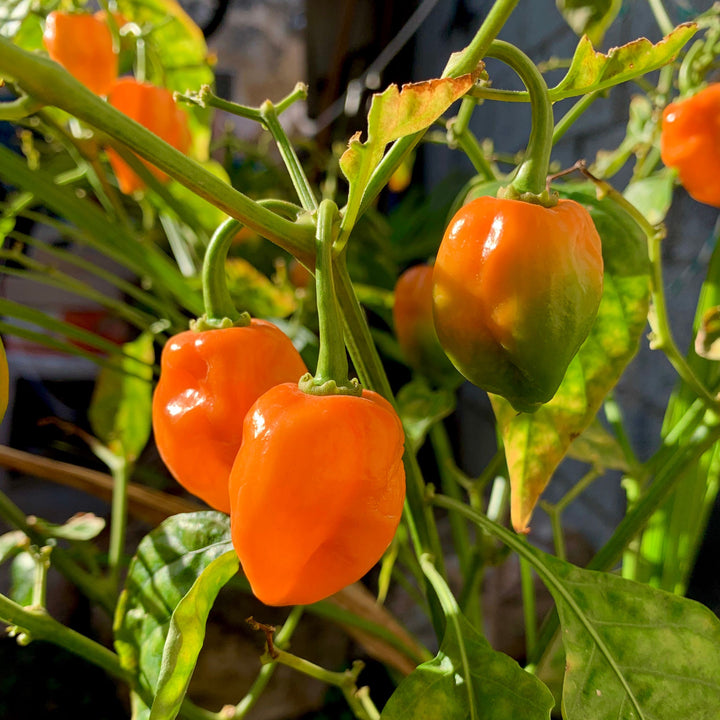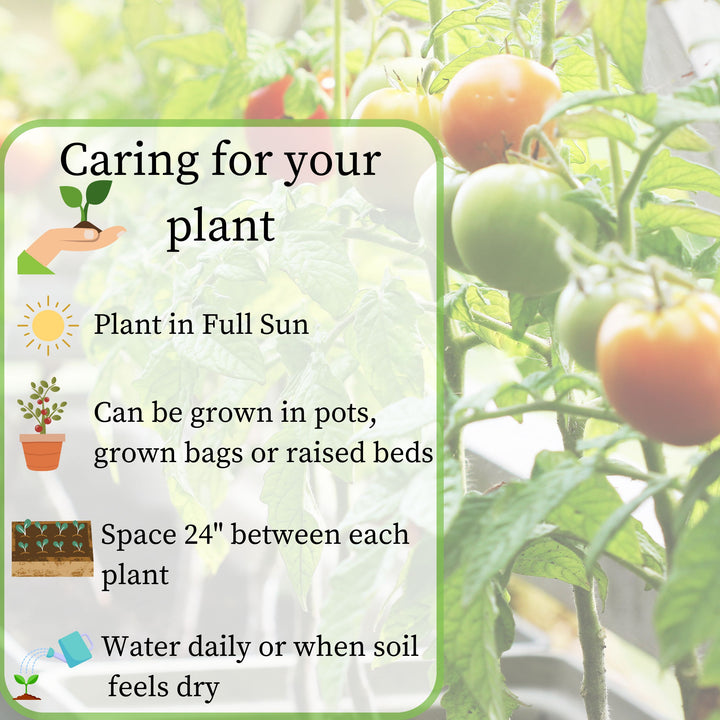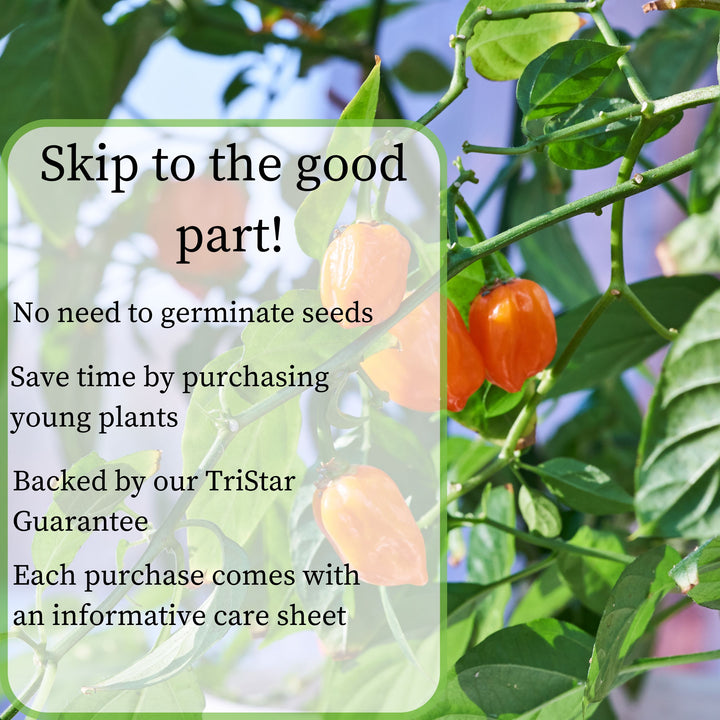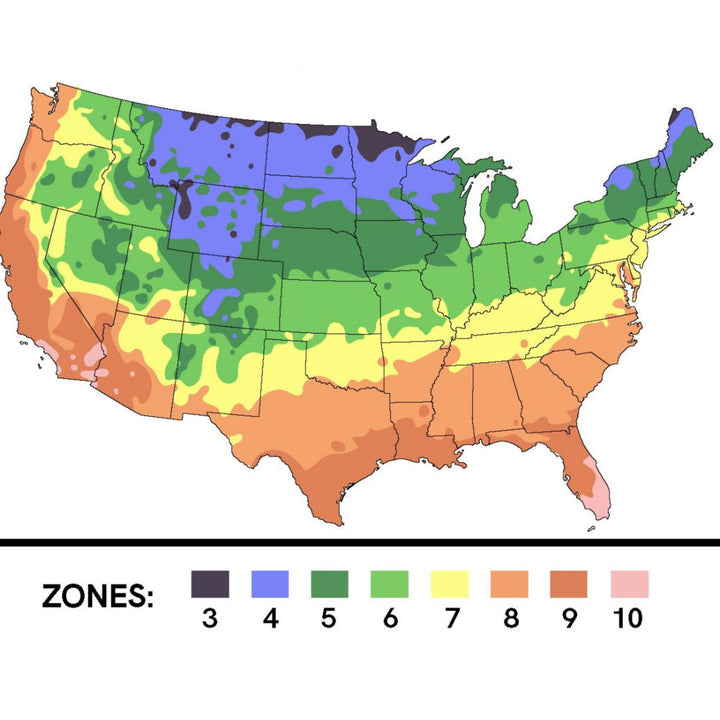VEGETABLE & HERB PRE ORDERS WILL SHIP MAY 2024
Gardeners with a taste for spicy food should try to grow one of the hottest peppers, the habanero. Growing habanero peppers requires bright sun, warm temperatures, and well-drained soil. These small, green to red peppers measure 150,000-325,000 on the Scoville scale, which is a method of measuring the levels of capsicum, or spice, in peppers.
![]() Full Sun
Full Sun
![]() Days to maturity: 70-90
Days to maturity: 70-90
![]() Flavor Profile: Spicy, tropical, and slightly sweet, with a distinctive fruity and floral undertone.
Flavor Profile: Spicy, tropical, and slightly sweet, with a distinctive fruity and floral undertone.
![]() Scoville Units: 150,000-325,000
Scoville Units: 150,000-325,000
![]() Culinary Use: Hot Sauces, Salsas, Marinades, Pickling.
Culinary Use: Hot Sauces, Salsas, Marinades, Pickling.
Additional features: Edible and Pepper
Hardiness zone for this plant: 4 - 10
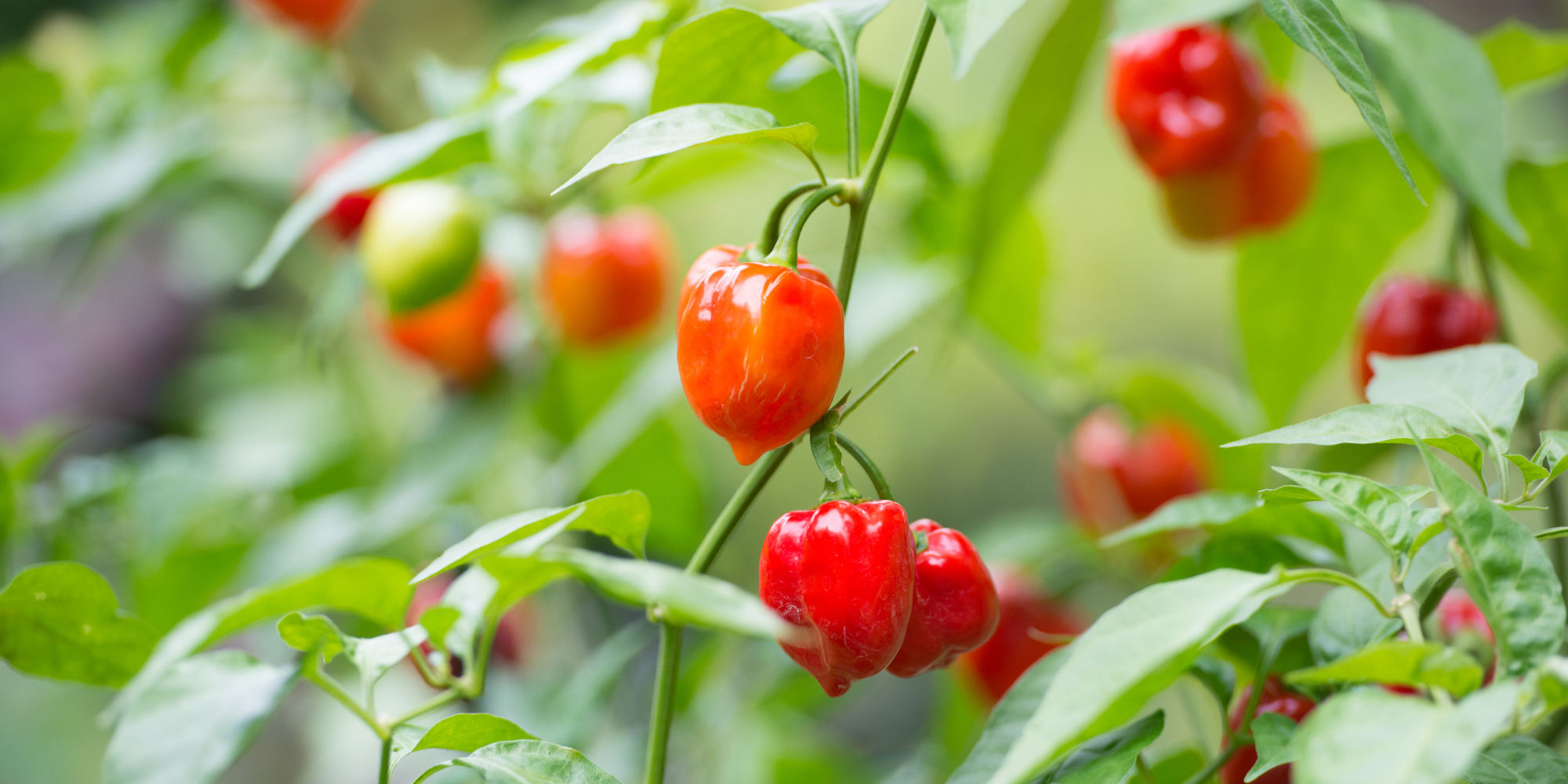
TriStar Plants
Pepper 'Habanero'


